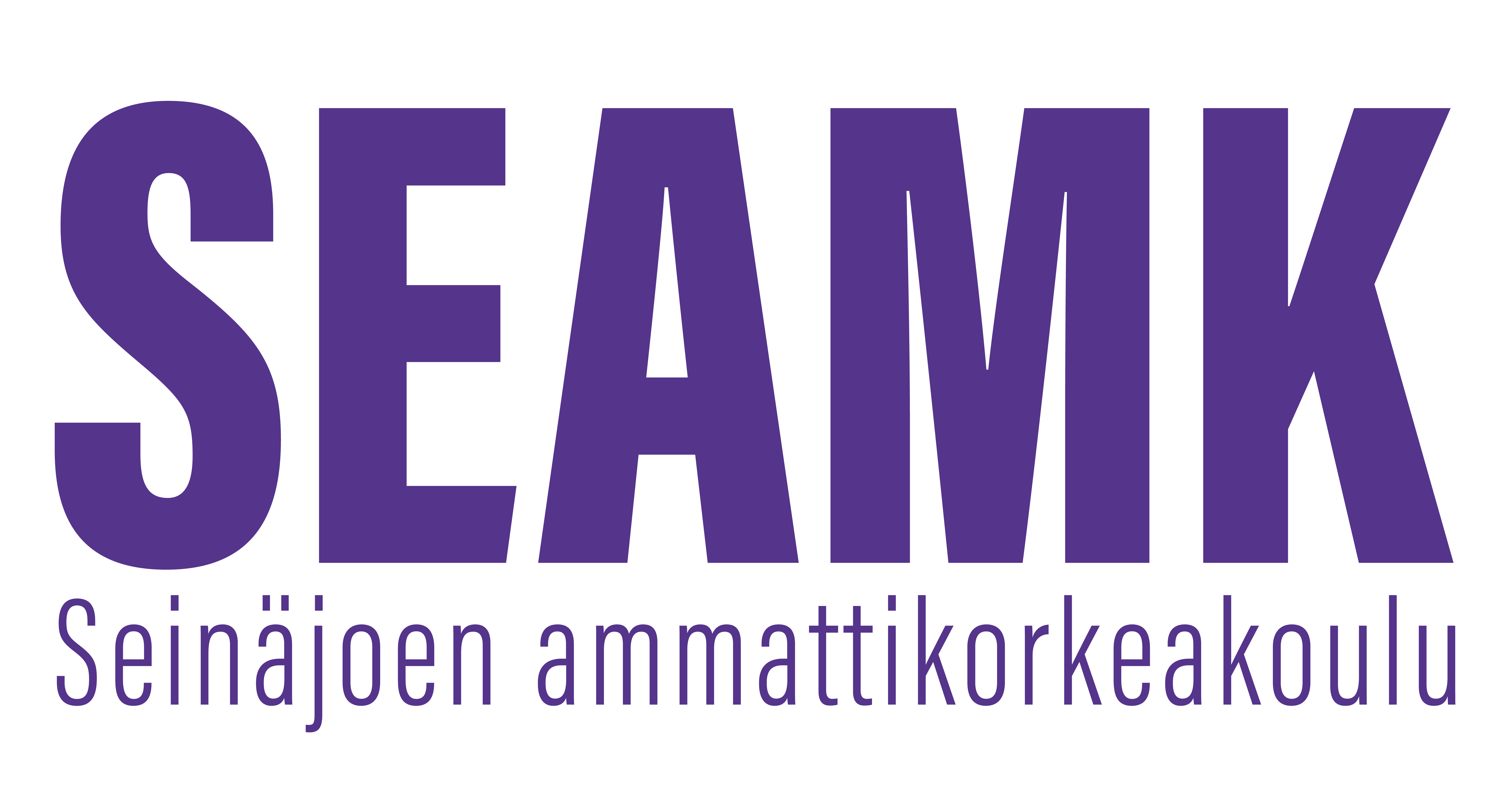Teknologian mahdollisuudet ruokapalveluissa (5op)
Toteutuksen tunnus: CA00CX24-3003
Toteutuksen perustiedot
- Ilmoittautumisaika
- 22.04.2025 - 03.09.2025
- Ilmoittautuminen toteutukselle on päättynyt.
- Ajoitus
- 25.08.2025 - 23.11.2025
- Toteutus on päättynyt.
- Opintopistemäärä
- 5 op
- Lähiosuus
- 0 op
- Virtuaaliosuus
- 5 op
- Toteutustapa
- Etäopetus
- Yksikkö
- SeAMK Restonomi
- Toimipiste
- SeAMK Seinäjoki, Frami
- Opetuskielet
- suomi
- Koulutus
- Restonomi (AMK), Ravitsemispalvelut
- Opettajat
- Ilkka Latomäki
- Kirta Nieminen
- Ryhmät
-
RESTO23Restonomi (AMK), Päivätoteutus
-
MRESTO24Restonomi (AMK), Monimuotototeutus
- Opintojakso
- CA00CX24
Arviointiasteikko
1-5
Tavoitteet
Opiskelija osaa selittää teknologian mahdollisuudet ruokapalveluissa. Opiskelija löytää teknologian avulla ratkaisuja ajankohtaisiin kehittämisongelmiin. Opiskelija osaa ratkaista ongelmia käytettävissä olevan datan pohjalta. Opiskelija osaa havainnollistaa teknologian mahdollisuudet elämyksissä.
Sisältö
Johdanto teknologian mahdollisuuksiin (muun muassa ruokapalveluiden tuottaman datan hyödyntäminen, mobiiliapplikaatiot, robotiikka, IOT-sensorit, VR- ja AR-todellisuus)
Teknologian käyttöönotto ja digitaalisen datan hyödyntäminen ruokatuotantoprosessien hallinnassa
Sensorien hyödyntäminen ruokapalveluiden kehittämisessä
Teknologian hyödyntäminen elämysten tuottamisessa
Aika ja paikka
AIKATAULUTETTU VERKKO-OPINTO
Aikataulutetun verkko-opetuksen aikataulut löytyvät lukujärjestyksestä osoitteesta https://lukkarikone.seamk.fi/. Lukujärjestyksiä on julkaistuna kuusi seuraavaa viikkoa. Syksyn 6 ensimmäistä viikkoa julkaistaan juhannukseen mennessä ja kevään 6 ensimmäistä viikkoa jouluun mennessä. Lukujärjestyksiin voi tulla muutoksia.
Oppimateriaalit
Materiaali ilmoitetaan opintojakson alkaessa.
Opetusmenetelmät
Aikataulutettu verkko-opinto:
Opinto suoritetaan verkossa Moodle-oppimisympäristössä.
Opinto edellyttää aikataulutettuun etäopetukseen osallistumista verkossa.
Opetuskertojen tallenteet ovat katsottavissa jälkikäteen Moodlessa.
Opinto edellyttää itsenäistä työskentelyä ja aikataulun suunnittelua.
Opiskelijan ajankäyttö ja kuormitus
Opinnon työmäärä on mitoitettu siten, että opinnon tavoitteena olevan osaamisen hankkimiseksi yksi opintopiste vastaa keskimäärin 27 tuntia opiskelijan tekemää työtä. Todellinen ajan tarve vaihtelee yksilöittäin mm. aiemman osaamisen takia. Luennot 16 h, itsenäinen opiskelu 119 h.
Arviointikriteerit, tyydyttävä (1)
Opiskelija osaa kuvata teknologian mahdollisuudet ruokapalveluissa. Opiskelija osaa määritellä teknologisia ratkaisuja. Opiskelija osaa kuvata ongelmia käytettävissä olevan datan pohjalta. Opiskelija osaa selittää teknologian mahdollisuudet elämyksissä
Arviointikriteerit, hyvä (3)
Opiskelija osaa kuvata teknologian mahdollisuudet ruokapalveluissa. Opiskelija tunnistaa teknologisia ratkaisuja. Opiskelija osaa kuvata ongelmia käytettävissä olevan datan pohjalta. Opiskelija osaa havainnollistaa teknologian mahdollisuudet elämyksissä
Arviointikriteerit, kiitettävä (5)
Opiskelija osaa selittää teknologian mahdollisuudet ruokapalveluissa. Opiskelija löytää teknologian avulla ratkaisuja ajankohtaisiin kehittämisongelmiin. Opiskelija osaa ratkaista ongelmia käytettävissä olevan datan pohjalta. Opiskelija osaa havainnollistaa teknologian mahdollisuudet elämyksissä.
Esitietovaatimukset
Käyttäjälähtöinen tilasuunnittelu
